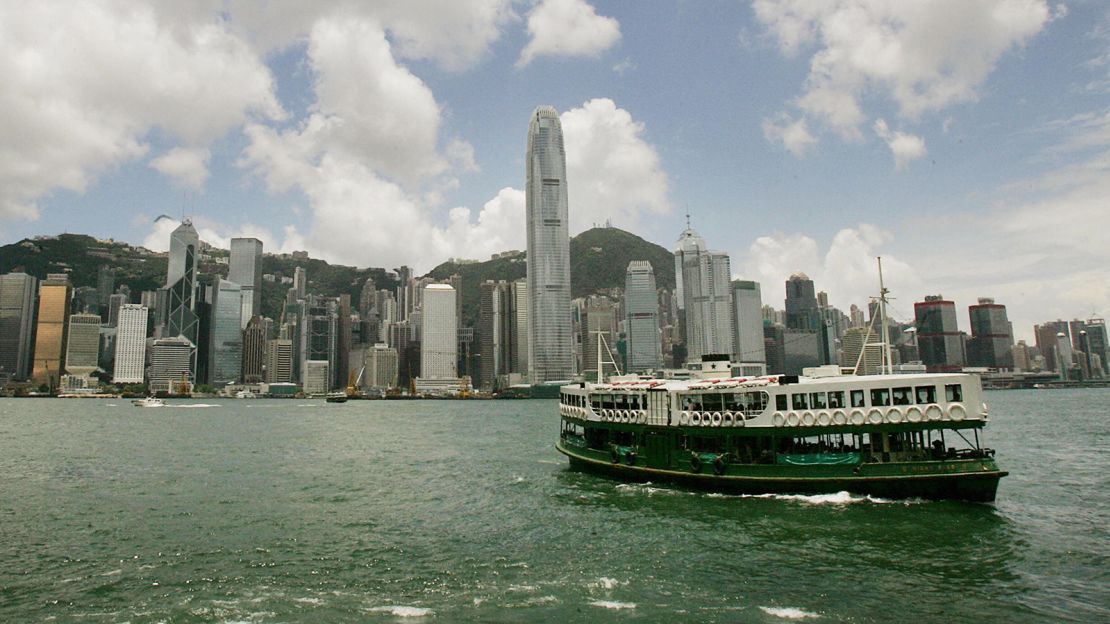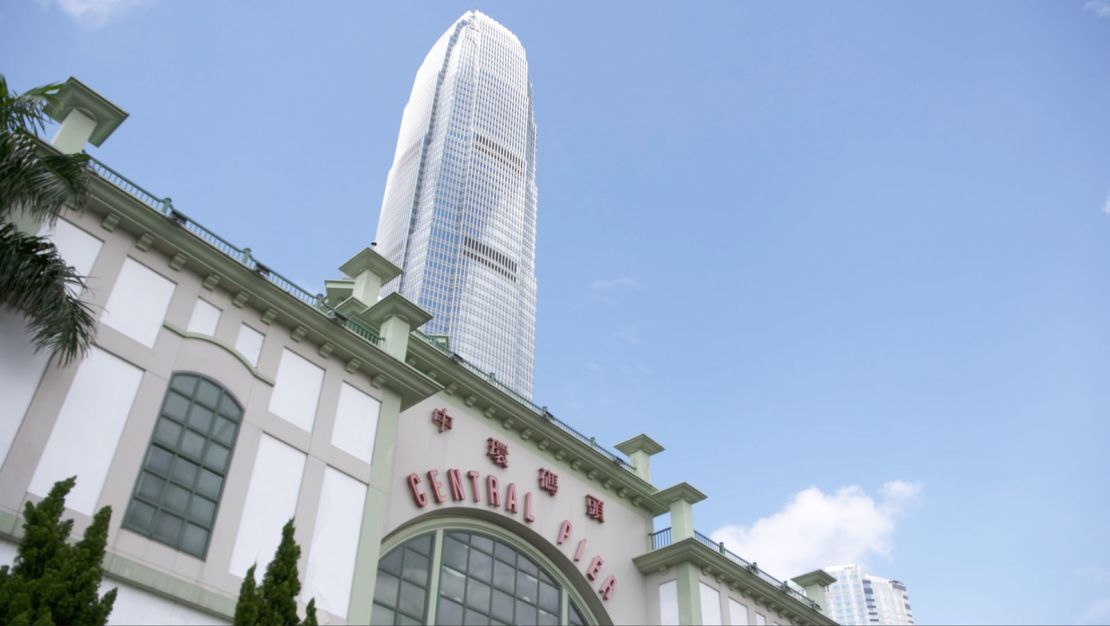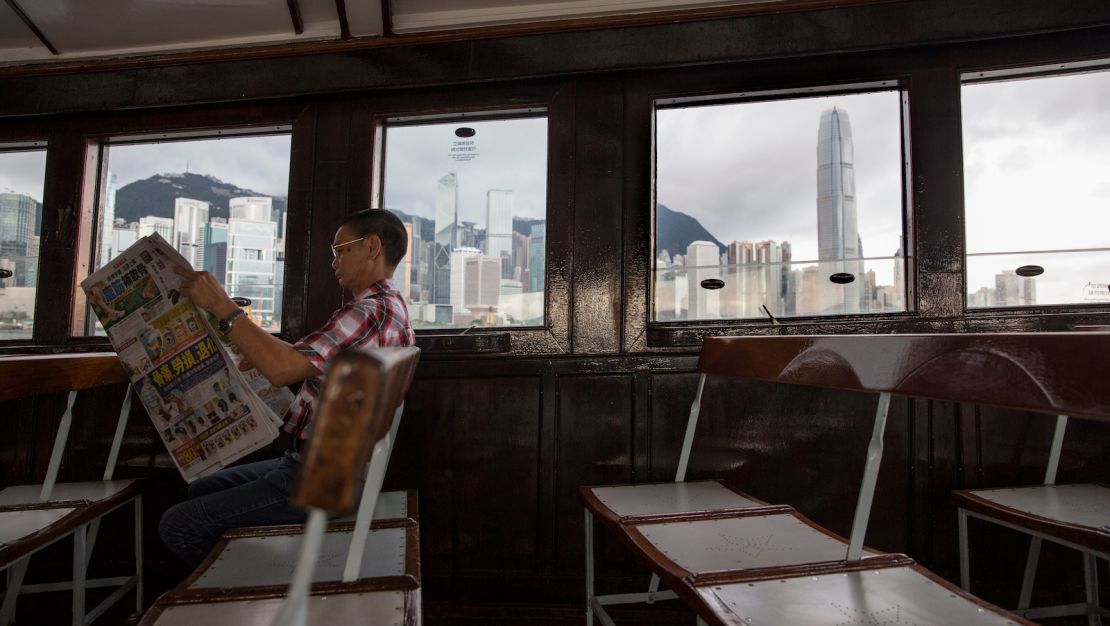At 120 years old, the Star Ferry is Hong Kong’s oldest form of public transport.
The company’s green and white boats have become an iconic part of the cityscape, offering passengers unobstructed panoramic views of the famed Hong Kong skyline.
Regarded as a cultural symbol by locals, the ferry transports thousands of passengers daily between Hong Kong island and the bustling Kowloon district – for less than US$0.50 a ride.
“It’s an experience comparable to the Eiffel Tower, or the Sydney Harbour Bridge,” says Richard Welsey, director of the Hong Kong Maritime Museum.

It all started with a single steam boat
The origins of this century-old commuter service can be traced back to one man: Dorabjee Naorojee Mithaiwala, a Parsi cook.
“Mr. Naorojee, who was a cook at the time, was very interested in steam technology and saw a business opportunity to move people from the island of Hong Kong to Kowloon,” explains Wesley.
Naorojee’s business – originally called the Kowloon Ferry Company – began with a single steam boat in 1880, laying the foundation for what would soon become the first scheduled ferry service to cross the now famous Victoria Harbour.
“Before Naorojee’s ferry, the only way to cross the harbor was on old rowing boats known as sampans,” says Wesley. “There was no organized system, and that’s what made his ferry service stand out – it was a regulated daily service that allowed people to build their lives around a schedule.”
According to the museum director, by providing the first scheduled and efficient commuting system across the harbor, Naorojee’s ferry played a crucial a part in developing the Kowloon district into the densely populated city center it is today, with a population of over 2 million.
“Back then, there was not many people living in Kowloon, but the demand to move back and forth from Hong Kong to Kowloon was present – and that’s when Naorojee’s ferry emerged.”
The shape-shifting harbor
In the early years, Naorojee’s groundbreaking ferry service made headlines for what was then considered a high-speed cross-harbor commute: a little less than one hour.
Today, the journey takes less than 10 minutes.
According to Welsey, the shrunken harbor – which has shortened over time due to land reclamation projects – is the main reason for this drastic decrease in transit time.
Around 6% of Hong Kong is built on reclaimed land, and although Victoria Harbor is now protected from further reclamation, the government continues to explore land expansion projects across other islands in the area.

“As the city has grown, the ferry journey has shrunk. The harbor was once over two kilometers long, and now due to land reclamation, it is just over 800 meters. The first original pier is actually located just 1.6 kilometers inland from the current water line,” he tells CNN.
The first ferry boats would depart from a pier that was then known as Pedder’s Wharf. Today, it no longer exists. In place of Pedder’s Wharf stands Ice House Street – a landlocked street corner located in the heart of Hong Kong’s bustling Central district.
“The pier facilities we see today only date back just over a decade. As recently as 2006, the journey across the harbor was twice what it is now,” says Wesley.
In 2006, the Star Ferry made its third and final shift along the city’s harbor, moving from Edinburgh Place – where it was built in 1954 – to its current location, 500 meters further out on reclaimed land.
The controversial move brought on several violent protests, as conservationists argued that demolition of the Edinburgh Place pier (which has now been replaced with a highway) was a loss of a cultural icon.
Staying true to its original design
Despite Hong Kong’s changing landscape,the ferries themselves have barely changed.
“What’s striking about the Star Ferry is that the design has largely stayed the same over the last 70 or 80 years, the main difference being that the boats are now significantly larger,” explains Wesley.
“The color scheme, shape and double-ended design has stayed the same for decades,”
One of the ferry’s most unique traits is its double-ended design. This highly efficient technique was introduced in 1897, allowing the boats to be piloted from opposing ends, eliminating the need to switch directions after each journey.
“Ferries are usually not double ended, but these are designed to make a quick commute within a fairly short distance,” says Wesley.
Another interesting design feature is the passenger chairs. Made of wood, the seats feature an adjustable back that swings back and forth in accordance with the direction of the boat. Evidence of this adjustable seat design can be traced as far back as 1904.

120 years of history
A pivotal point in the Star Ferry’s history came in 1898 – when Naorojee sold his ferries to Catchick Paul Chater, a prominent business man at the time.
Chater officially renamed the fleet of boats the Star Ferry Company, and therefore 1898 is officially recognized as the company’s inaugural year. Under Chater’s ownership, the ferry developed drastically.
The earliest known ferries could carry just 100 passengers, but by the 1920s, a newly designed double-decker system allowed the ferry to carry up to 550 passengers. By the 50s and 60s, it had featured prominently in pop culture, including 1960 Hollywood blockbuster “The World of Suzie Wong.” By 1999, National Geographic Traveler listed the Star Ferry as an experience “of a lifetime.”
Today, a Star Ferry boat has a passenger capacity of 762 and an annual customer base in the millions – most recently reporting 19.3 million annual visitors and a daily average of almost 53,000.
In recent years, however, the service has struggled to keep up with alternative forms up of transport. Star Ferry saw a revenue decrease in 2014 and suffered a loss in 2016, resulting in an increase in fares last year.
Most Hong Kong residents, Welsey says, opt for more efficient forms of underground transport: the cross-harbor tunnels and the underground subway system, the MTR.

“With the creation of the first underground tunnels in the 1972, a lot of travel went underground by car,” says Welsey. “Then, by the 80s when the MTR Company introduced cross-harbor lines, locals increasingly began to travel between Kowloon and Hong Kong by train.”
Its status as a must-do tourist activity has been instrumental in keeping the Star Ferry Company afloat, and Welsey estimates around half of its passengers today are sightseers.
“The Star Ferry has increasingly developed into something that is done recreationally, and it is largely becoming a tourist activity,” says Welsey.
But, he says the development of the Star Ferry from an essential mode of public transport to a tourist activity seems like a natural progression.
“After all,” he adds, “a Star Ferry ride across the Victoria Harbour is an incredible global travel experience.”
CNN’s Tom Booth contributed to this story




















